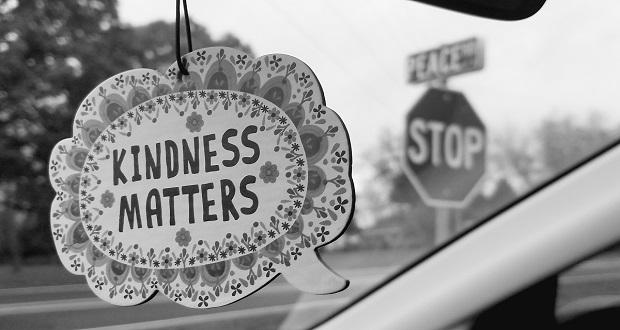
For the past ten weeks, we have focused on recruitment of top talent. We will now turn our attention to issues of retaining top talent.
As many of us know, the average length of service for employees has steadily declined over the years. When I was in HR over 30 years ago, it was not uncommon for companies to enjoy double-digit retention rates and very low attrition rates. We know that today, for example, the average length of service for Millennials (those workers born between 1980-2000) is a short 2.2 years. As this is the generational group that will soon represent almost half of the workforce it is perhaps time to reframe our conceptions of “good” retention rates and the set more realistic goals.
We used to look at resumes of those who had moved from company to company every two years as “job hoppers” and would not give them much consideration. If we still have that view, we might be missing good talent. A different way of thinking about people who move every few years is that they are gaining a variety of experiences which could be very valuable.
The “old” way of thinking about our careers was “find a good job and settle down.” Baby Boomers (born 1946-1964) and the generation before (Traditionalists – born before 1946) aspired to stay with one company, no more than two for their entire careers. It was a point of pride to be able to say you retired from your company after 35 or 40 years of service.
So how do we reframe our worldview of what “good” retention looks like?
- Perhaps we should not evaluate good retention based on the average number of years individuals stay with the organization. Maybe we should rather consider the contributions that they make.
- Maybe we need to reset our expectations of good retention if we continue to measure in average length of service, we know that 30 years is totally unreasonable on the high end and maybe 1 year would not be acceptable on the low end, but maybe a range of 3-5 years would be an attainable goal.
- I have also been seeing a trend where individuals may leave a company, gain some other types of experiences elsewhere, and then return to the previous employer. I would suggest that we find ways to “take credit” for returning employees in the retention analyses.
- Understand your retention drivers by different demographic groups (e.g. are the drivers different for men and women, Millennials and Baby Boomers, etc.). Based on engagement survey results and exit interview data, ensure that you know what motivates people to stay with your organization. Once you know what drives retention, make sure that you are meeting those needs.
What are some ideas you have about reframing how we define “good” retention?


















